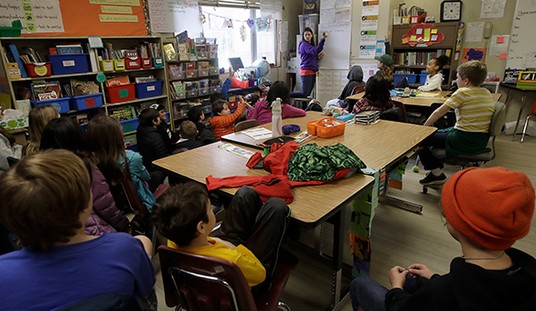Job growth of any kind is welcome, of course. But all growth is not created equal, remind scholars at the Allegheny Institute for Public Policy. And Pennsylvania’s tax collection numbers are most instructive in that regard.
The Lincoln Institute’s recent spring survey of commonwealth businesses suggested there is a more optimistic view of the business climate. And the naturally following question is whether such optimism is based on actual performance or simply a better attitude.
But as institute scholars Frank Gamrat and Jake Haulk note (in Policy Brief Vol. 17, No. 20), while there appears to be some uptick in Pennsylvania employment, it has yet to strengthen appreciably.
To wit, seasonally adjusted statewide employer payroll data show total non-farm employment for March 2017 is about one percent better than a year ago.
In fact, Gamrat, the think tank’s senior research associate, and Haulk, its president, find that since September 2016 non-farm employment levels are about one percent higher than the 12-month-earlier levels for each month.
But prior to that – from January 2015 to August 2016 – the year-over-year increase was less than one percent each month, with the exceptions of March and April 2015.
“While the recent pickup in growth is not eye-popping, it does show slow acceleration over the past few months, perhaps reflecting business optimism,” Gamrat and Haulk say.
Recommended
But, again, all job growth is not created equal.
The Allegheny Institute researchers note that statewide employment levels in goods-producing industries – think manufacturing, construction, mining and logging – appear to be stemming their losses in the last several months.
But service-producing industries – think education and healthcare, professional and business services, leisure and hospitality, among others – have continued to post gains, they say, though adding that retail has not fared well as of late.
Just as telling of the relative economic anemia in Penn’s Wood is that tax collections continue to lag government projections, Gamrat and Haulk say.
The fiscal year-to-date collection (through March) is 0.7 percent higher than the revenue for the first nine months of the last fiscal year. But the nine-month total continues to trail the budget’s projected level, they note, paced by a 12-percent gap in corporate net income tax collections.
“While recent employment growth has been slightly faster since September 2016, it is still struggling to shift to a higher pace,” Gamrat and Haulk say.
“While job growth of any kind is welcome, when much of it is lower-wage employment, the effect on incomes and profits can be felt,” they remind. “The corporate net income tax is struggling to match last year’s pace, let alone meet the expectations set for it before the fiscal year began.”
While the uptick in business optimism about the economy certainly bodes well for Pennsylvania’s economy, hard realities still must be faced, Gamrat and Haulk stress.
Among them: Very high fuel taxes; the pension crisis facing the state, school districts and the two largest municipalities; and labor legislation that is increasingly out of step with much of the nation where 28 states have now adopted right-to-work laws and many have significantly lower corporate taxes.
“A stronger national economy will help Pennsylvania,” the Allegheny Institute scholars say, “but there is much more that must be done to improve the regulatory and policy environment in the commonwealth.”

























Join the conversation as a VIP Member